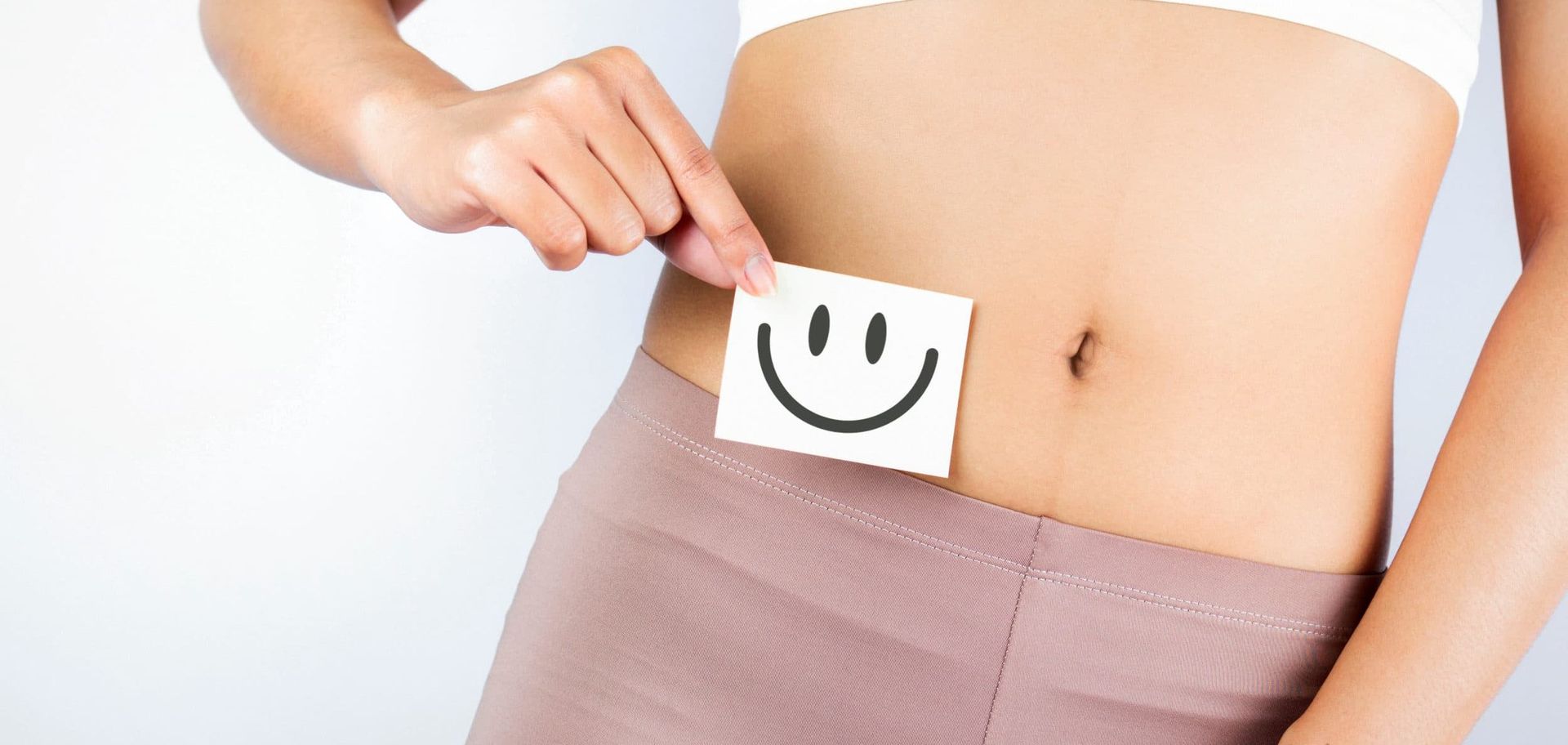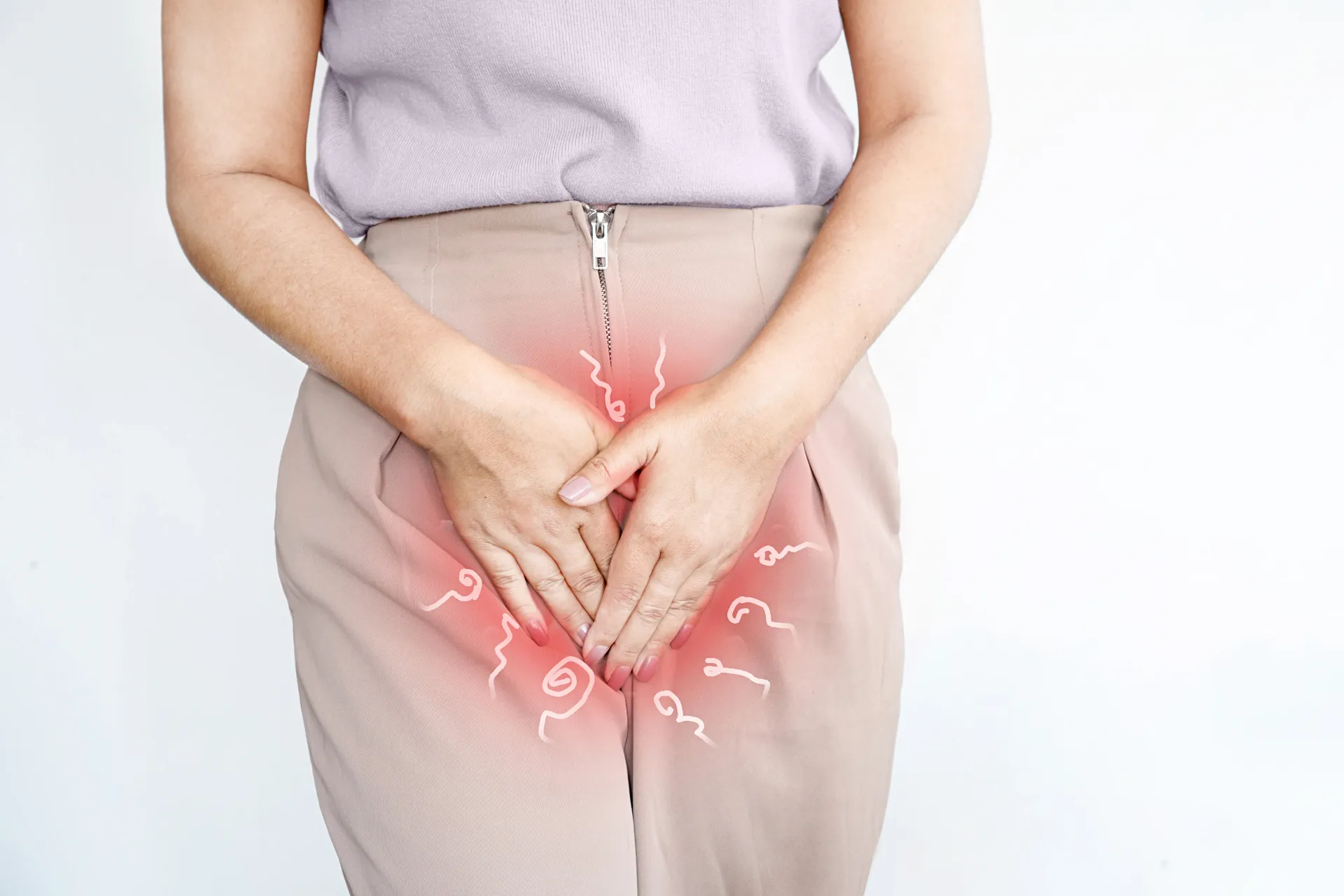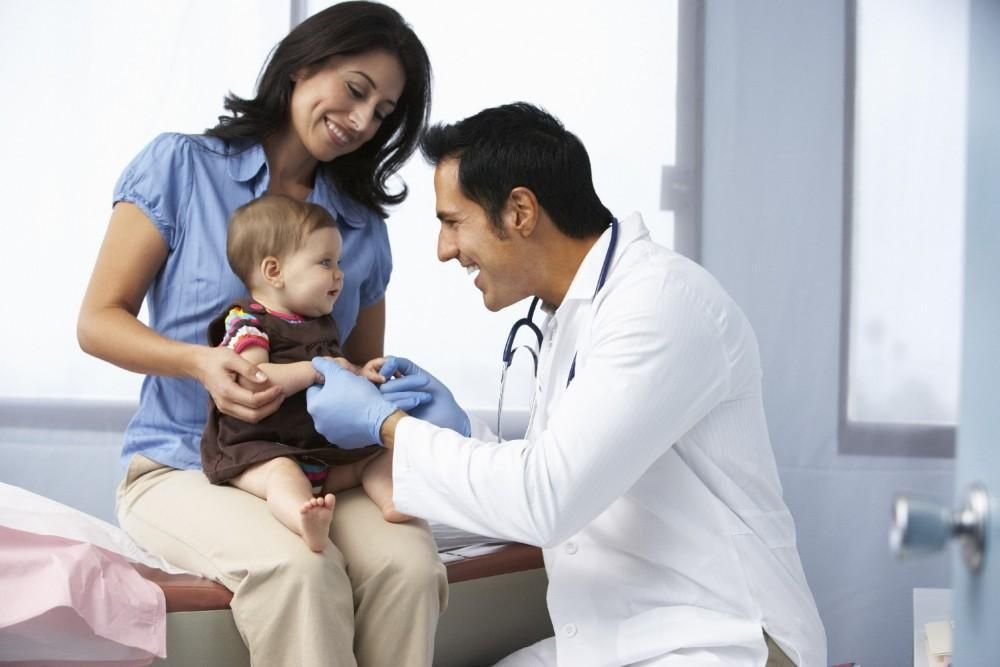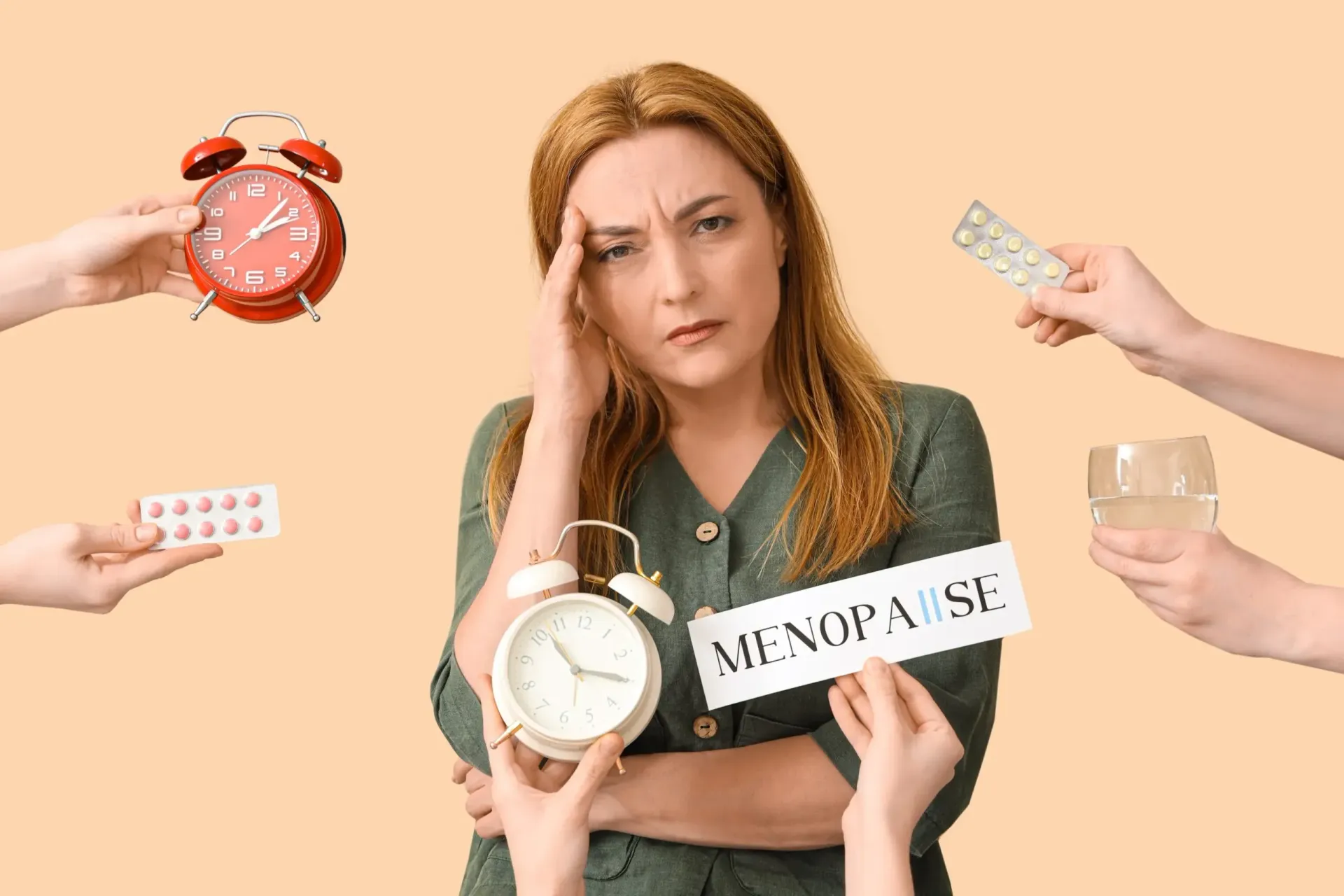Understanding Pessaries: A Guide to Their Uses, Benefits, and Considerations
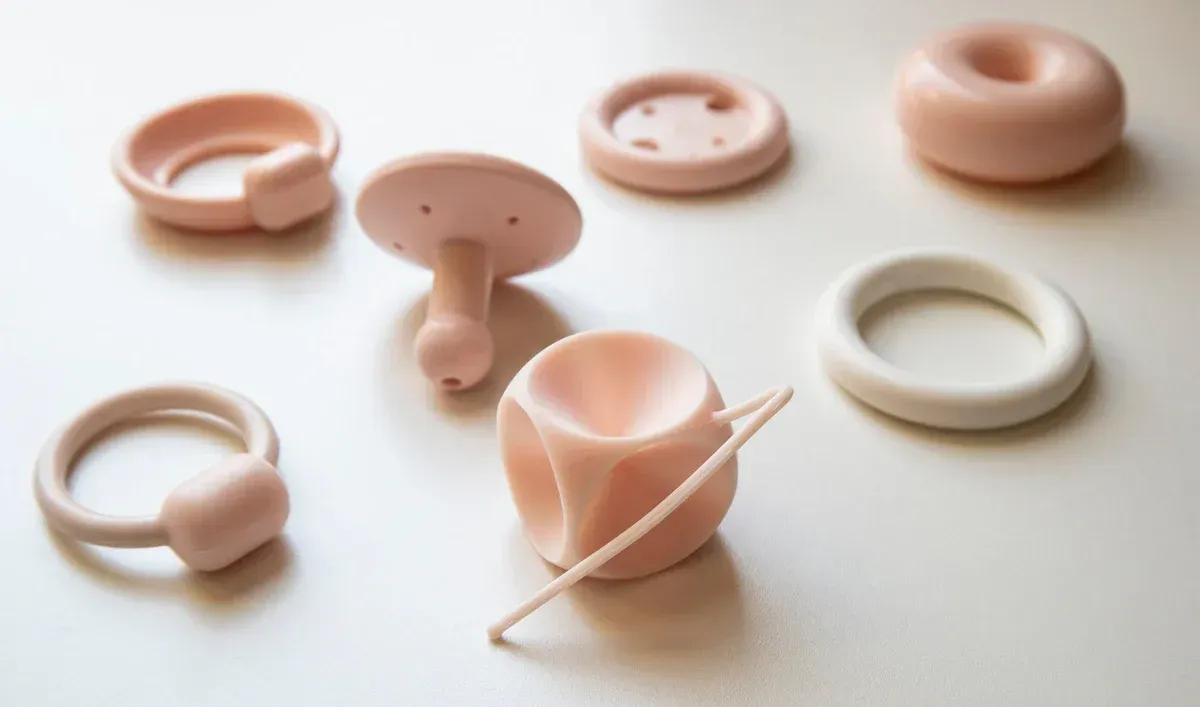
A pessary is a small, removable medical device inserted into the vagina to support pelvic organs. It's often made of silicone or rubber. It helps support pelvic organs, commonly used to treat conditions like pelvic organ prolapse (POP) and stress urinary incontinence (SUI). This simple yet effective device has been a crucial toll in gynecological care for centuries, offering a non-surgical solution to various pelvic floor disorders.
Types of Pessaries
Pessaries come in different shapes and sizes to accommodate individual needs. Some of the most common types include:
- Ring Pessary: one of the most frequently used, it is flexible and easy to insert and remove.
- Gellhorn Pessary: has a firm, disk-like shape with a stem, often used for more severe prolapse cases.
- Cube Pessary: provides suction to hold the vaginal walls in place, recommended for advanced prolapse cases.
- Inflatable Pessary: can be adjusted in size for customized support.
Uses and Benefits
Pessaries are primarily used for:
- Pelvic Organ Prolapse (POP): this condition occurs when pelvic organs, such as the bladder, uterus, or rectum, descend into the vaginal canal due to weakened pelvic floor muscles. A pessary provides internal support to relieve symptoms like pressure, discomfort, and urinary difficulties.
- Stress Urinary Incontinence (SUI): many women experience involuntary urine leakage due to weakened pelvic support. Pessaries help by providing additional bladder support, reducing leaks during activities like coughing, sneezing, and exercising.
- Pregnancy Support: some pregnant individuals use pessaries to help manage cervical incompetence, reducing the risk of preterm labour.
- Post-Surgical Support: patients recovering from pelvic floor surgery may use a pessary to provide additional stabilization.
- Restoring quality of life: Some women stop daily activities from gardening or exercising, or experiencing worsening of mood with pelvic floor prolapse. Pessaries can help with symptoms and restore functions, allowing women to get back to what the enjoy!
Advantages of Pessary Use
- Non-Surgical Option: many individuals prefer pessaries as a less invasive alternative to surgery.
- Hormone-Free: Though pessaries can be used with prescribed hormones, pessaries are safe for those who can’t or prefer not to use estrogen-based treatments.
- Immediate Symptom Relief: provides quick alleviation of discomfort and urinary symptoms.
- Reversible: unlike surgical interventions, pessaries can be removed if they are ineffective or cause discomfort.
- Low-Risk: generally well-tolerated with minimal complications if properly maintained.
- Improves Quality of life: Helps restore confidence, comfort, and physical activity levels.
- May Improve Vaginal Moisture: Some users report less dryness due to increased pressure stimulating natural secretions.
Considerations and Maintenance
- Proper Fitting is Essential: A healthcare provider must ensure the right size and type for optimal comfort and effectiveness.
- Regular Cleaning: most pessaries require periodic removal and cleaning to prevent infections and irritation.
- Potential Discomfort: some users may experience vaginal irritation or increased discharge, which should be monitored.
- Follow-up Appointments: regular check-ups with a healthcare provider are necessary to ensure the pessary remains effective and does not cause complications.
Conclusion
Pessaries serve as a valuable, non-surgical option for managing pelvic organ prolapse, urinary incontinence, and other pelvic floor disorders. With proper fitting and maintenance, they can significantly improve quality of life. IF you think a pessary might be right for you, book a consultation today!


